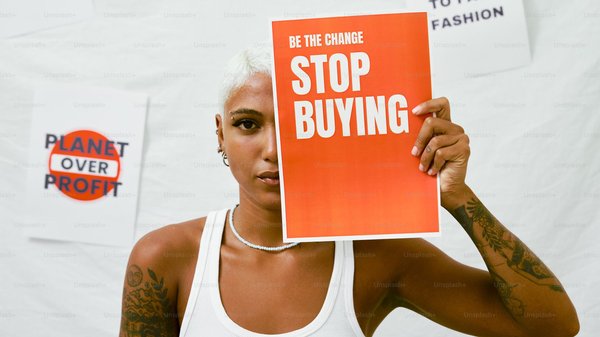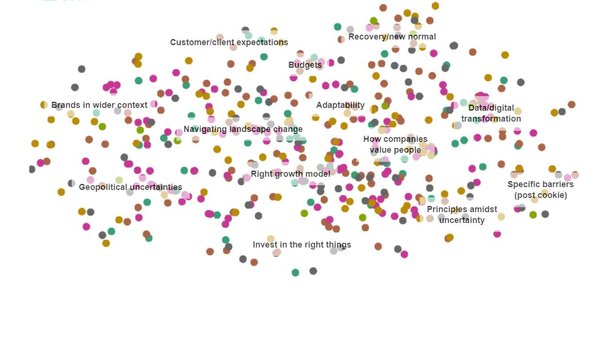Strategist’s Digest: Why ‘warm’ brands benefit when things go wrong /
Researchers test how ‘brand warmth’ affects how customers respond to product failures
James Swift
/
Brand Warmth Elicits Feedback, Not Complaints /
By Vivek Astvansh, Anshu Suri, and Hoorsana Damavandi. First Published in the Journal of the Academy of Marketing Science.
Give it to me in one sentence.
When products and services go wrong, ‘warm’ brands get feedback, uncaring ones get complaints.
Give me a little more detail.
The researchers conducted five experiments to test if brand ‘warmth’ affects how customers respond following ‘product-harm incidents’, using both real-world data (from the automotive and financial services sectors) and controlled lab conditions.
In one study, the researchers compared traffic safety reports with brand sentiment data. They found that ‘warm’ automakers (those that scored higher on the following criteria: down to earth, cares about customers, trustworthy, original, friendly, and helpful) tended to received more harm-incident reports, but also a higher proportion of feedback (as opposed to vitriolic complaints) than non-warm companies.
More specifically, the researchers state: ‘Our analysis suggests that a one percentage-point increase in a brand’s warmth is associated with a 27% increase in the number of harm incident reports [...and] a one percentage-point increase in the brand’s warmth is associated with a 4% increase in the proportion of feedback (vs complaint) reports.
The researchers suspected that this effect is the result of ‘consumer benevolence’, or people’s concern for a brand’s interests and the desire to help it, and they found evidence to support this theory in one of their experiments.
Finally, the researchers also discovered if ‘warm’ brands respond to complaints by acknowledging the customer’s motive to provide useful feedback, it can improve that customer’s satisfaction. Non-warm brands do not evoke the same response, however.
Why is this interesting?
One theory of advertising suggests that people judge brands on two major dimensions: competence and warmth, but they are not treated equally. Warmth tends to take primacy over competence in customers’ eyes, and this study appears to support that claim.
We also wondered whether the gulf between the increase in the number of harm-incident reports (27%) and feedback reports (4%) received by warm brands would mean that their reward for their perceived warmth would be a lot more complaints.
The authors told us that, according to their model, if an average brand received 360 product incident reports in a year, 29 of those would provide feedback, and the rest would be complaints. But a brand that was perceived as three percentage points warmer than the average would receive close to 737 complaints, of which 66 would provide feedback.
Any weaknesses?
The real-world data for the study came from official incident reports, which not many people bother to make, so they may not reflect the attitudes of the general population. Also, the studies only consider product failures, not ethical transgressions by brands, which may be a whole different kettle of fish.
Where can I find the whole report?
Here, but it’s not free.
Want more research? /
Contagious IQ is packed with summaries of the most interesting and relevant studies on how advertising works and people behave, as well best-in-class campaigns from the around the world, in-depth strategy interviews with agencies and marketers, and much more. Click here to book a free demo.
Want more of the same? /
We don’t just write about best-in-class campaigns, interviews and trends. Our Members also receive access to briefings, online training, webinars, live events and much more.






